Do you have a question about the La Crosse Technology WS1516IT and is the answer not in the manual?
Addresses issues with blank or missing indoor temperature readings.
Explains problems with outdoor sensor readings and transmission range.
Covers inaccurate or zero rainfall readings and mounting issues.
Discusses wind speed and direction inaccuracies and mounting.
Explains how to view and reset minimum and maximum data.
Details how to view recorded historical weather data at intervals.
Addresses problems with a blank or segmented display.
Discusses battery leakage and prevention methods.
Addresses issues with blank or missing indoor temperature readings.
Explains problems with outdoor sensor readings and transmission range.
Covers inaccurate or zero rainfall readings and mounting issues.
Discusses wind speed and direction inaccuracies and mounting.
Explains how to view and reset minimum and maximum data.
Details how to view recorded historical weather data at intervals.
Addresses problems with a blank or segmented display.
Discusses battery leakage and prevention methods.
| Display Type | LCD |
|---|---|
| Indoor Temperature Range | 32°F to 122°F (0°C to 50°C) |
| Outdoor Temperature Range | -40°F to 140°F (-40°C to 60°C) |
| Power Source (Remote Sensor) | 2 x AA batteries (not included) |
| Wireless Transmission Frequency | 433 MHz |
| Temperature Resolution | 0.1°F/°C |
| Humidity Resolution | 1% |
| Power Source (Base Station) | 2 x AA batteries (not included) |
| Humidity Accuracy | +/- 5% |
| Humidity Range | 1% to 99% RH |
| Wireless Range | 330 feet (100 meters) in open space |
| Temperature Accuracy | ±2°F (+/- 1°C) under normal conditions |



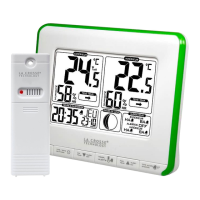
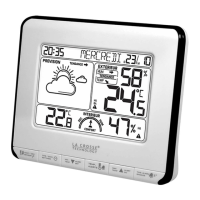



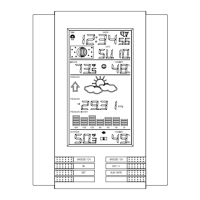

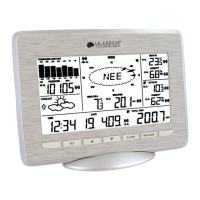
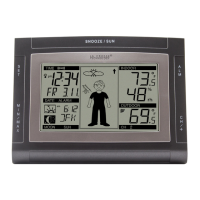
